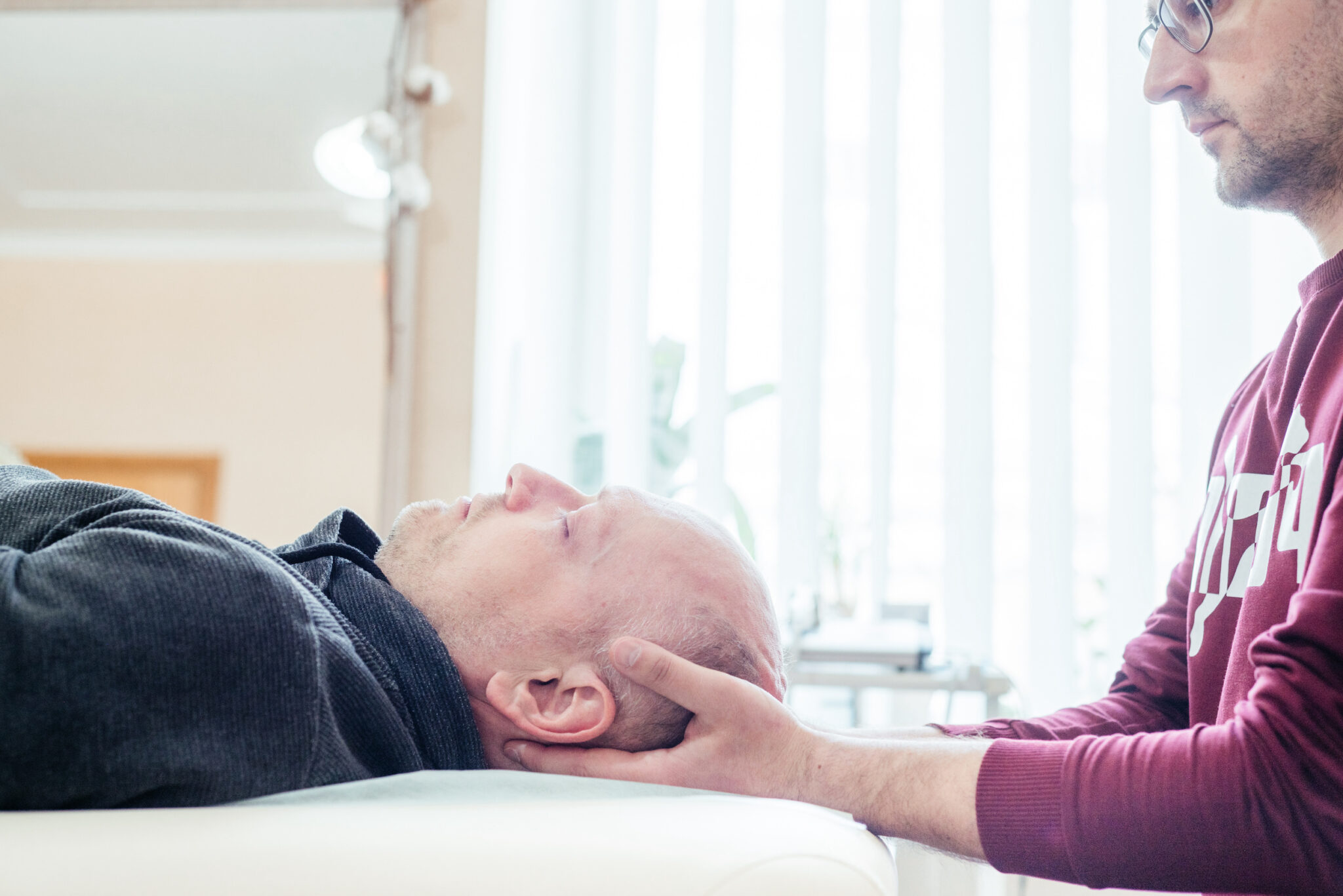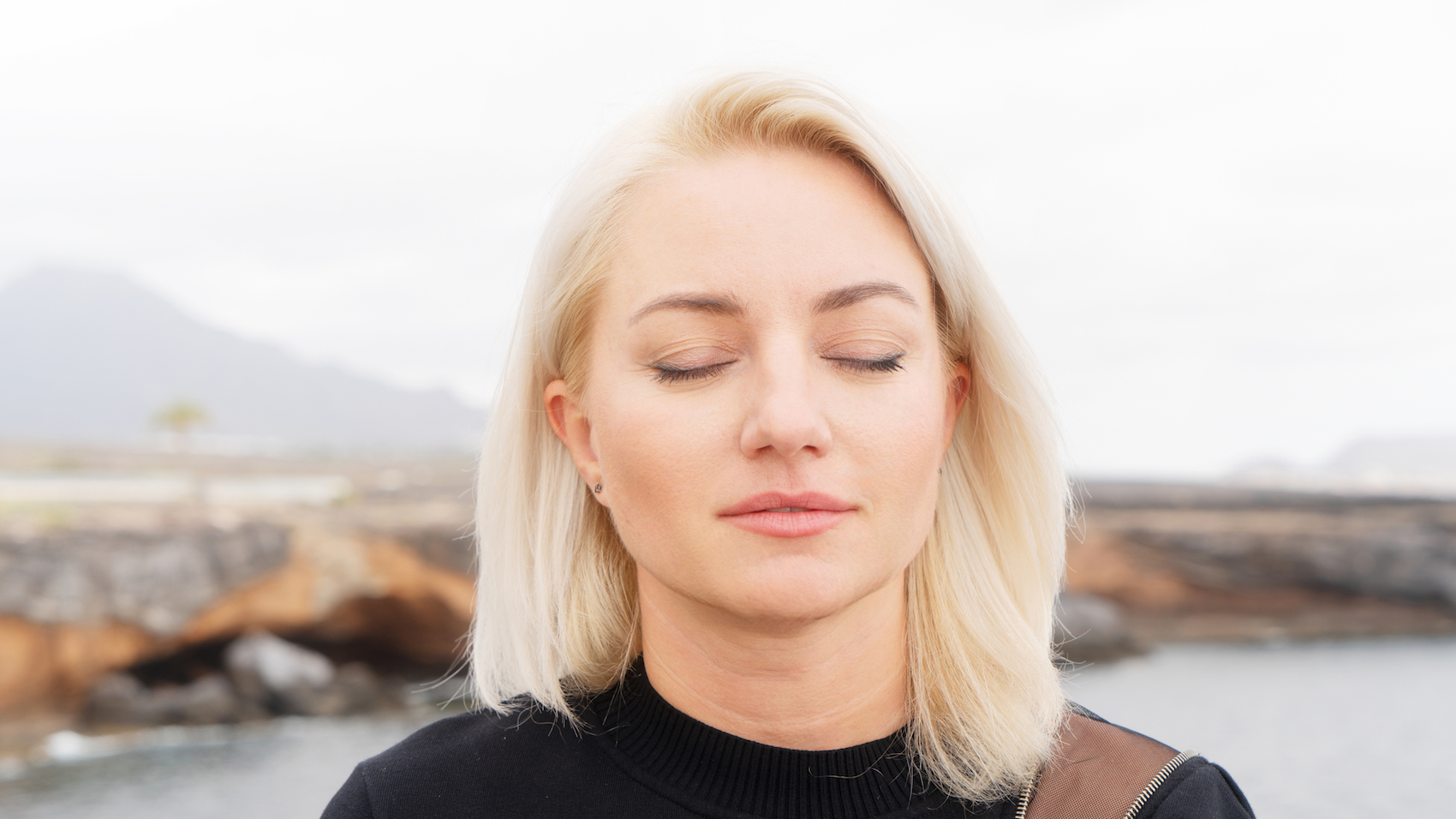Aromatherapy

What is it?
The term “aromatherapy” refers to the therapeutic application of plant essential oils (usually diluted in some type of solution) by qualified aromatherapists or other individuals. Aromatherapy is used to improve a person’s health, mood, and energy.
While the word “aroma” makes it sound as if the oils are inhaled, they can also be massaged into the skin, or less often, taken by mouth. Whether inhaled or applied on the skin, essential oils are gaining new attention as an alternative treatment for infections, stress, and other health problems.
There is a growing body of research from laboratory and clinical studies that points to the remarkable healing properties of essential oils. They are widely available in markets, co-ops, and pharmacies and used increasingly in clinics and hospitals.
Core philosophy
Researchers still don’t know how aromatherapy works, but they have a few theories. Essential oils enter the body in three ways; they can be:
- Absorbed through the skin and passed through the circulatory system
- Inhaled passing through the lungs or transmitted via the nervous system directly to the limbic system
- Ingested, usually not recommended for the general public given the great deal of knowledge required
When essential oils are absorbed through the skin and into the somatic tissues, they may activate the skin’s thermal receptors and destroy fungi, bacteria, viruses, and other microorganisms. Some individuals believe a number of essential oils possess anti-inflammatory effects and provide soothing relief for arthritis, burns, and muscular pain.
When essential oils are inhaled, they stimulate the olfactory nerve and send signals to the brain’s limbic system – a complex neural network that is closely associated with memories, emotions, and instincts. This stimulation triggers the release of chemicals that contribute to feelings of calm, relaxation, or stimulation.
There are many research studies that have scientifically proven that essential oils can change mood, behavior, and productivity. This links directly to the type of neurotransmitters released in this process. The results of this type of research open up a mirage of possibilities for future creative medicinal use of essential oils.
The other popular theory about how aromatherapy works when inhaled is that as you breathe it in, the molecules in the oil find their way into your bloodstream and end up interacting with hormones and enzymes in the body to cause changes in your emotional and/or physical state. Because molecules that enter the lungs quickly go to the bloodstream, this theory makes sense.
History
Early origins
Aromatic medicine is more than six thousand years old. Egyptians used some of the oldest known oils, like myrrh and juniper, for embalming, healing preparations, massage, perfumes, and skincare. In ancient India, Ayurvedic medicine included massage with Sandalwood oil. In ancient Greece, Hippocrates recommended aromatic baths and massage with oils of marjoram, cypress, and myrrh. The Chinese used the essential oils of rose, jasmine, and chamomile as tonics.
While plants and plant extracts have been used empirically for thousands of years, it was not until 1830, in Grasse, France that the study of essential oils came into being. Very quickly some of the leading scientists of the time, such as Louis Pasteur, took an interest in it. From as early as 1887, Charles Chamberland, disciple, and assistant to Pasteur began scientifically measuring the antiseptic effects of oregano, clove, and cinnamon essential oils, and anthrax.
Gattefossé
In 1910, René-Maurice Gattefossé, a chemical engineer from Lyon, discovered the therapeutic properties of pure lavender after an explosion in his laboratory, which left him with major burns. He treated them using lavender essential oil. As a result of this “miracle”, he founded the French Society of Aromatic Products and published around twenty works that are still considered references today. These works would give aromatherapy its reputation and its very name, as it was Gattefossé who coined the term “aromatherapy”, in 1935.
The concentrated oils harvested from plant leaves, flowers, stems, resins, and roots continued to be used during the early and mid-20th century, with French physician Jean Valnet employing them as antiseptics to treat injured soldiers during World War II. Aromatherapy remained a kind of quiet background hum while Western science-based medicine took the spotlight.
These days, however, aromatherapy is getting more attention. Research can now prove there’s real science behind these ancient remedies, and that plants have potent healing powers. Aromatherapy is now used in clinics, hospices, and hospitals as a complementary therapy. The past 50 years have been especially promising for aromatherapy, and several people stand out as helping the industry move forward by leaps and bounds.
Benefits and uses
Health Benefits
One of the great things about essential oils is that they typically perform more than one function, so by knowing the benefits of each you can find a personalized blend to meet your mental and physical health needs. This is precisely what trained aromatherapists do, find the right mix for you based on your needs.
At least one study published in the Journal of Dietary Supplements was promising. It evaluated the general health effects of supplements, herbs, and essential oils and found oils are as effective as other supplements in improving health.
In particular, study participants reported improved immunity, reduced pain and anxiety, and enhanced energy and mental clarity. Laboratory tests also found improved blood markets associated with cholesterol, diabetes, and heart disease.
It is important to note that the word aromatherapy has been widely misused in advertising to promote products that simply “smell”. There are many artificial, laboratory-produced, inferior fragrance products on the market that have no therapeutic value whatsoever. Only essential oils from plants grown and harvested with care and distilled under expert supervision maintain nature’s balance of chemical constituents.
Common oils
There are dozens of essential oils, each with a unique scent and potential healing properties. Among the most common ones are:
Clary sage: It’s a boon for women as its tonic is helpful for womb and uterus associated problems, and it also regulates the menstrual periods, eases tension and muscle cramps.
Eucalyptus: Used to regulate and activate the various systems like the nervous system for neuralgia, headache, and debility. It is helpful for various respiratory ailments, like throat infections, catarrh, coughs, etc. as well as for wounds, cuts, burns, and bites.
Geranium: Used in dermatitis, eczema, fungal infections, as well as anxiety and stress-related disorders.
Lavender: It helps depress the central nervous system, improving the feeling of well-being and decreasing anxiety and aggression. Lavender oil also shows its antibacterial and antifungal properties against many species of bacteria, especially when antibiotics fail to work.
Lemon: Antiseptic, astringent, and detoxifying properties, particularly for blemishes associated with oily skin. It also helps boost the immune system and the process of digestion.
Peppermint: Used to relieve painful spasms and arthritic problems. Peppermint oil is studied and documented for its anti-inflammatory, analgesic, anti-infectious, antimicrobial, antiseptic, and antifungal effects.
Roman chamomile: Helpful for hay fever, inflammation, muscle spasms, rheumatic pain, and anxiety.
Rosemary: Its oil has a marked action on the digestive system, relieving the symptoms of indigestion, constipation, and colitis. It also helps enhance mental focus.
Sandalwood: Popular in meditation centers and spas, this fragrant earthy oil can relieve anxiety and improve sleep.
Ylang ylang: Used to relieve pain, reduce inflammation, improve mood, and enhance libido. Research shows this oil also may lower blood pressure.
Who practices it
Many aromatherapists have training in some other form of therapy or healing system, such as massage or chiropractic, and include aromatherapy in their practice. Although no state or national governmental organization in the United States oversees credentialing and licensing or aromatherapists, organizations like the National Association for Holistic Aromatherapy (NAHA) and the Aromatherapy Registration Council (ARC) set standards for training and registration respectively.
Aromatherapy courses are available through a variety of institutions and agencies. Students must complete at least a 200-hour level two aromatherapy course approved by the NAHA to become registered professional aromatherapists.
The NAHA and the ARC outline the required coursework needed to become a registered and certified aromatherapist. According to the NAGA, students interested in practicing aromatherapy must complete an approved course of education that covers the areas of aromatherapy history and modern development, the basics of botany, properties of essential oils, methods of extraction, organic chemistry, carrier oils, blending techniques, methods of application, safety, consultation, business design, and legal and ethical issues. In addition, students need to demonstrate a comprehensive understanding of all of the major systems of the body and the effect of essential oils on common ailments affecting these systems.
To graduate from a NAHA-approved clinical aromatherapy program, students must complete four specific requirements, including writing a five-to-10-page research paper, completing at least 10 case stories, demonstrating expertise in a minimum of 25 essential oil profiles, and passing the school’s graduation examination.
The ARC handles the registration and certification process for aromatherapists. To register with the ARC, students must show proof of completion of a 200-hour aromatherapy education course approved by the NAGA, agree to the ARC’s disciplinary policy, complete and file an application to take the ARC’s registration examination in aromatherapy.
What to expect
The needs of each client are different and the aromatherapy sessions follow the person’s particular needs. The following are some of the most common forms of aromatherapy:
- Massage
- Inhalations
- Soaks
- Compresses
- Liniments
- Salves
These forms of aromatherapy may be administered individually or in combination. Most commonly, however, the client receives a combination of treatments. The type of massage will depend on the training of the aromatherapist and from the assessment of the client’s needs. The aromatherapist may use essential oils that include specific oils for various purposes and/or special blends designed for specific purposes, such as stress relief or relief from flu-like symptoms.
At the very least you should expect to feel more relaxed coming away from an aromatherapy session. The essential oils used in the session do have the “magical” ability to soothe weary muscles, minds, and spirits. Aromatherapy is a gentle, non-invasive form of holistic therapy thoroughly enjoyed by most.
Interesting facts
Aromatherapy has been around for many centuries. And despite the age of this practice, there are some interesting facts that are lesser-known. Even for those with some exposure to this practice. A sample of curious facts about this practice are:
- More than 250 pounds of peppermint leaves yield one pound of peppermint essential oil.
- When harvesting plants for essential oils, the time of year can significantly alter the smell.
- Essential oils come from the leaves, stems, flowers, bark, roots, or other elements of a plant.
- Smells evoke memories because the olfactory bulb is the system that processes them. The olfactory bulb, in turn, links directly to the amygdala and hippocampus.
- Less than 1 percent of the entire plant species population produces essential oil.
- The tombs of legendary Egyptian, like Cleopatra, contained recipes with herbal-infused oils and creams.
- Diffusing essential oils can actually help increase the atmospheric oxygen in a room.
Closing statement
Overall, for many, aromatherapy is an efficacious, non-pharmacological therapy for many minor ailments of the body and the mind. It has been practiced since ancient times to cure various conditions. And is still to this day very popular to address those conditions and more contemporary ones, like stress and anxiety.
Essential oils can be a useful non-medicinal option. It can also be combined with conventional care for some health conditions, provided safety and quality issues are considered. The tilt of the scientific community towards complementary and alternative medicine has given new hope to these essential oils. If properly explored, this therapy can be a boon not only to the patients but also to the common man.
Newsletter
Sign up for emails to get the scoop on our latest articles, new developments and more.

